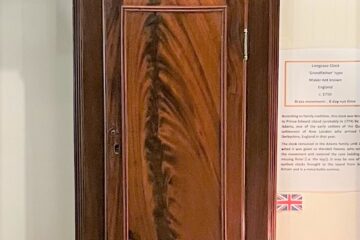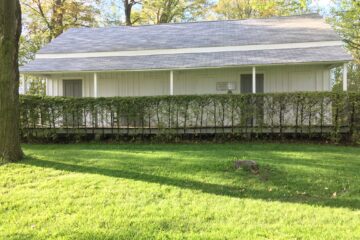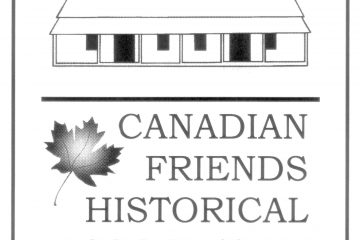The Canadian Friend & Archives Corner
Have you checked out the Canadian Yearly Meeting’s latest Canadian Friend magazine for 2023? It includes a few historical articles that might be of interest to members, including one by Daniel Nelson on Harry Orchard and the Wooler Monthly Meeting in Ontario. Wooler MM was first established in 1815 as Read more


